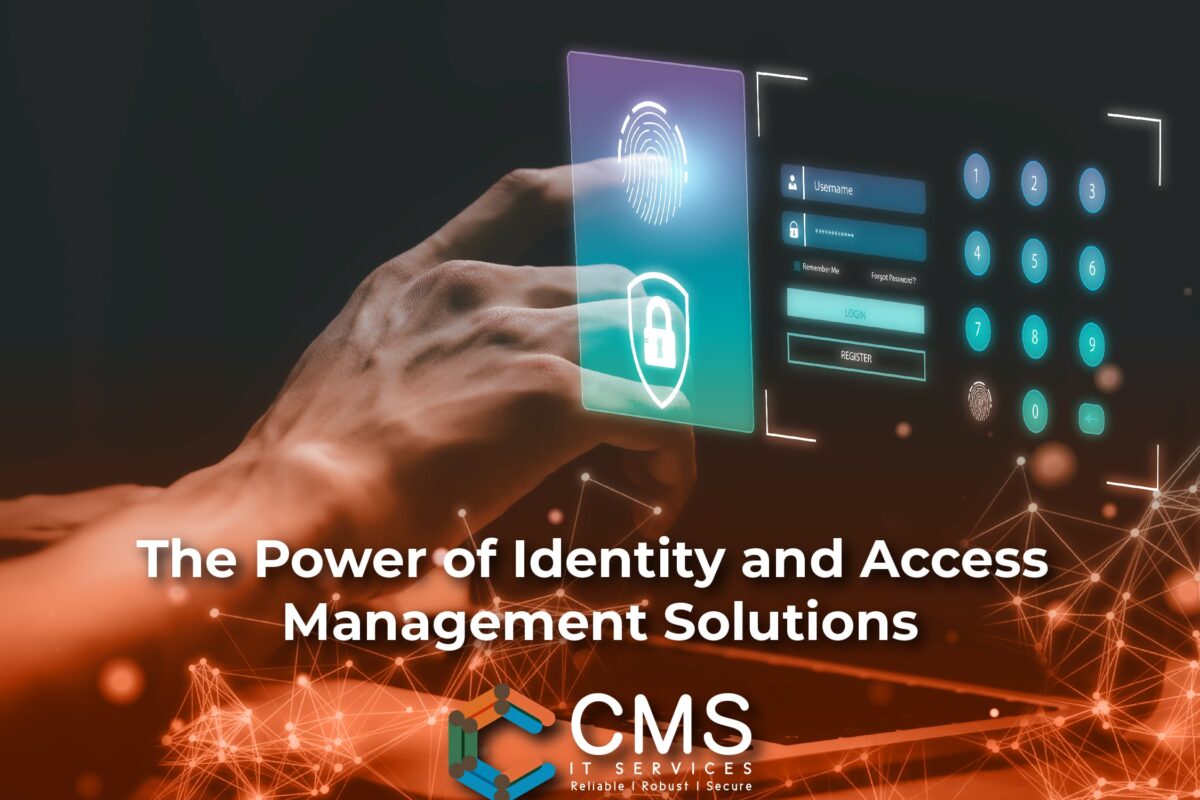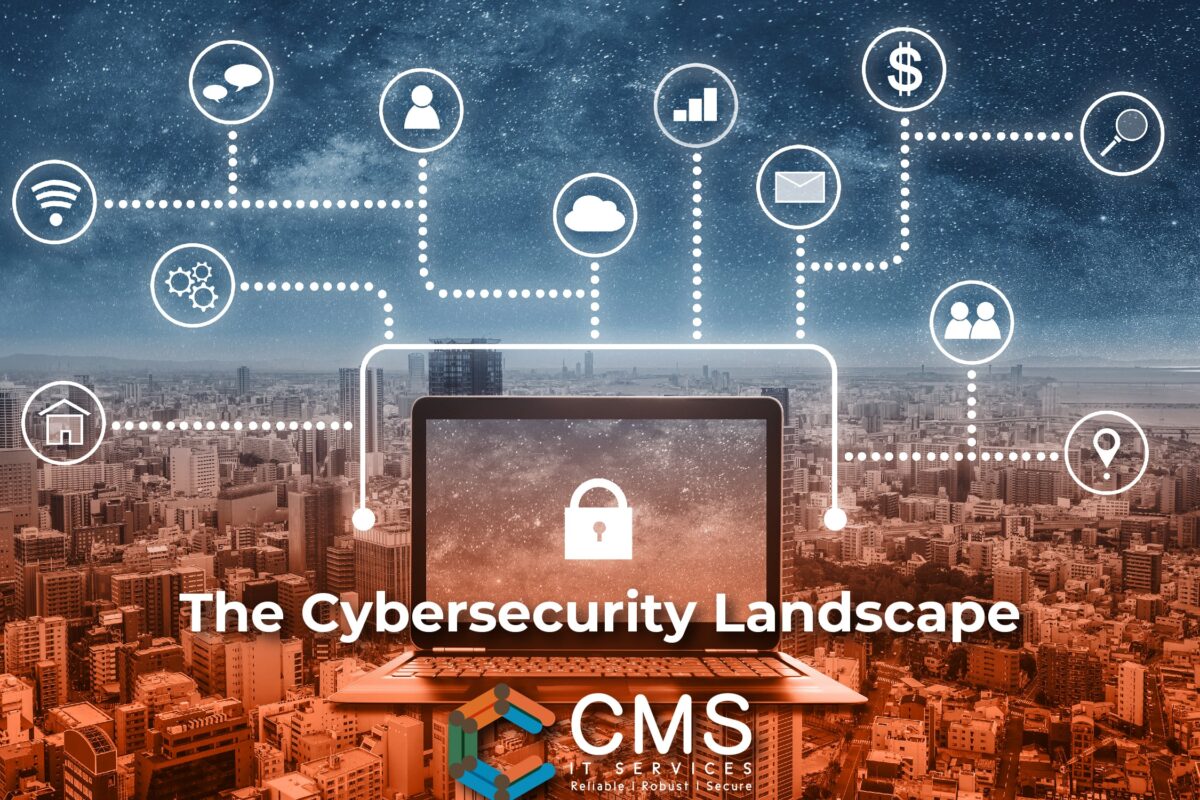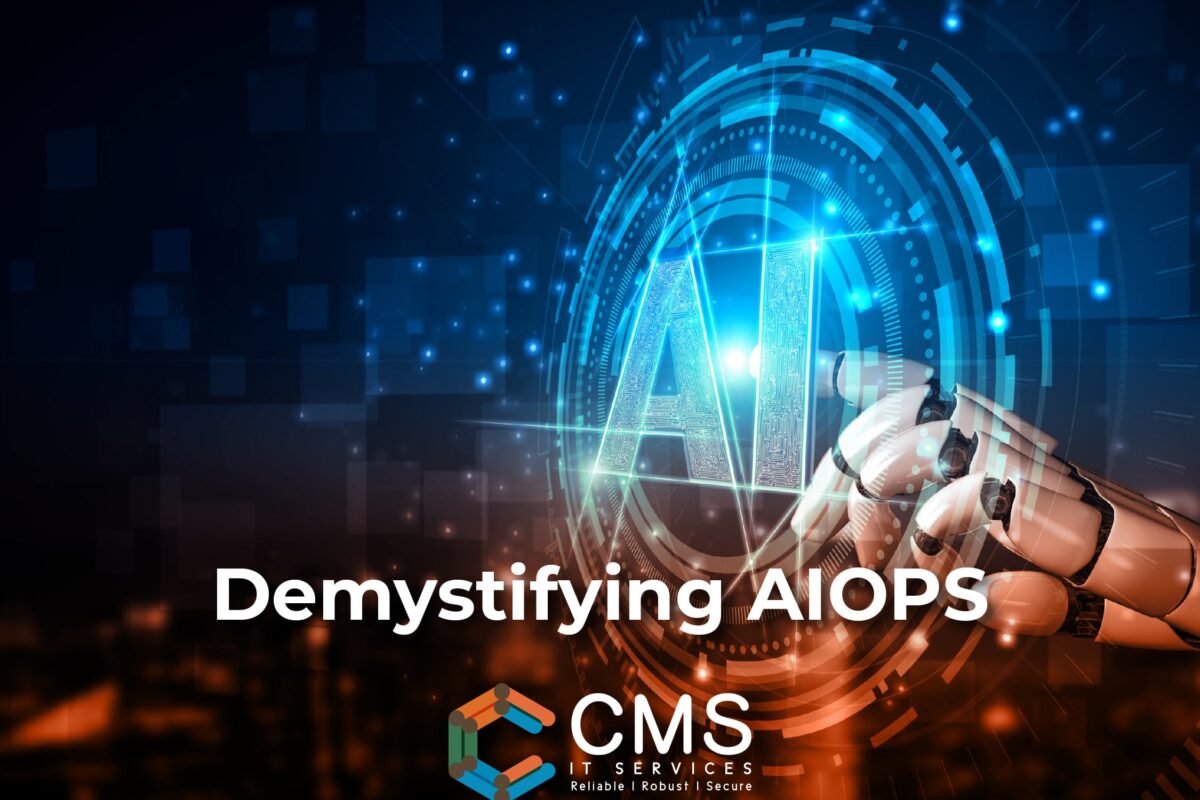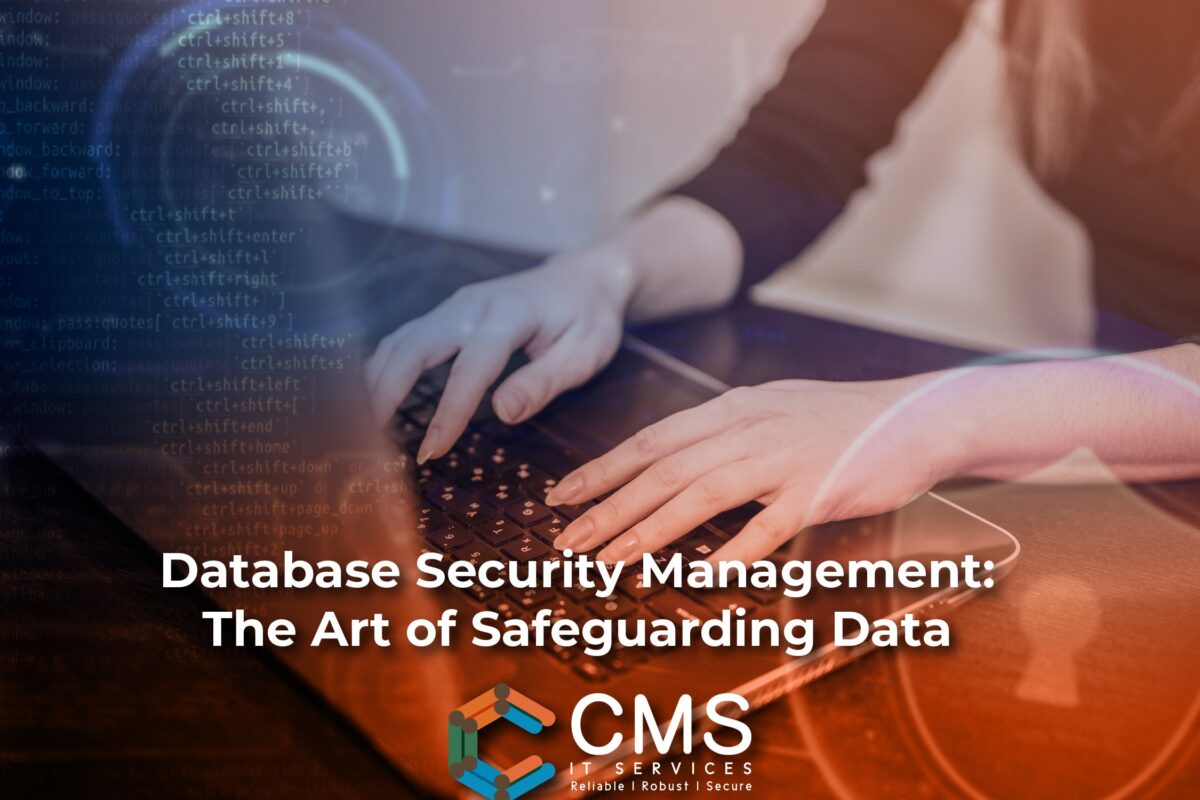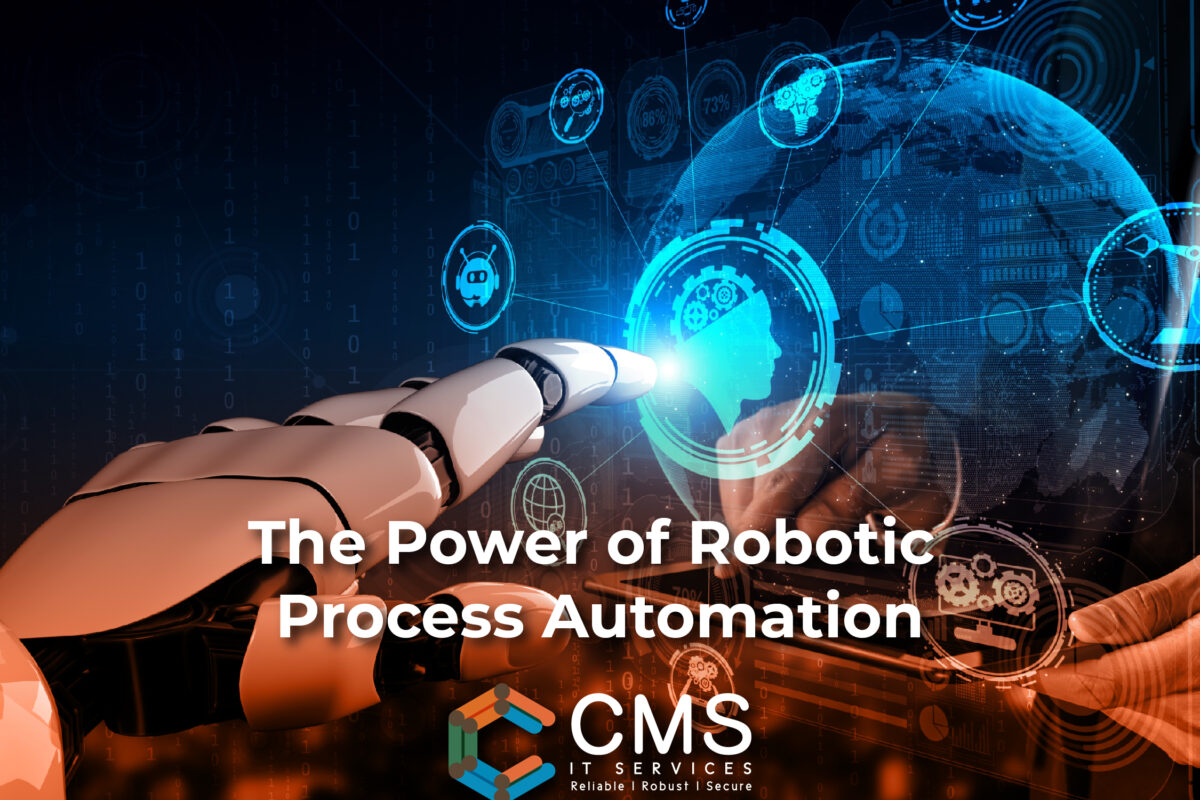In today’s digital landscape, where information and data are invaluable, ensuring the security and efficiency of your systems is of paramount importance. Businesses, both small and large, are constantly under the threat of cyberattacks and data breaches. This is where Identity and Access Management (IAM) solutions come into play, providing a robust shield against potential threats while streamlining operations.
The Role of Identity and Access Management Solutions
Identity and Access Management solutions are the cornerstone of modern cybersecurity strategies. They offer a comprehensive framework for managing and controlling user access to critical systems and sensitive data. Let’s delve into how IAM solutions are enhancing security and efficiency across various industries.
Streamlined User Authentication
IAM solutions excel at streamlining user authentication processes. With advanced authentication mechanisms such as biometrics, two-factor authentication (2FA), and single sign-on (SSO), users can securely access the resources they need without cumbersome and time-consuming processes. This not only improves security but also enhances user experience.
Enhanced Data Security
Data breaches can have catastrophic consequences for any organization. IAM solutions play a pivotal role in protecting sensitive data by enforcing strict access controls. Only authorized personnel can access specific information, reducing the risk of unauthorized data leaks.
Compliance and Regulations
Many industries are subject to strict regulatory requirements regarding data security. IAM solutions help organizations meet these compliance standards effortlessly. By maintaining an audit trail and ensuring that only authorized individuals access sensitive data, companies can avoid hefty fines and legal complications.
Increased Productivity
Efficiency and productivity are key drivers of success. IAM solutions simplify user management, allowing organizations to automate various processes, such as onboarding and offboarding employees. This not only saves time but also reduces the risk of human error.
Cost Reduction
Identity and Access Management solutions can significantly cut costs associated with password resets, help desk requests, and data breaches. By reducing these overheads, companies can allocate resources more efficiently.
The Future of Identity and Access Management
As cyber threats continue to evolve, IAM solutions are adapting and advancing at a rapid pace. Machine learning and artificial intelligence are being integrated to provide predictive analytics, identifying and mitigating potential security threats before they materialize.
In Conclusion
In an age where data is king and security is paramount, Identity and Access Management solutions emerge as the superheroes of the digital realm. They not only fortify the defenses of organizations but also ensure that business operations run smoothly and efficiently.
For top-tier Identity Management Services, consider CMS IT Services. Their expertise in this field is unmatched. Visit CMS IT Services to learn more about how they can empower your organization with cutting-edge IAM solutions.
